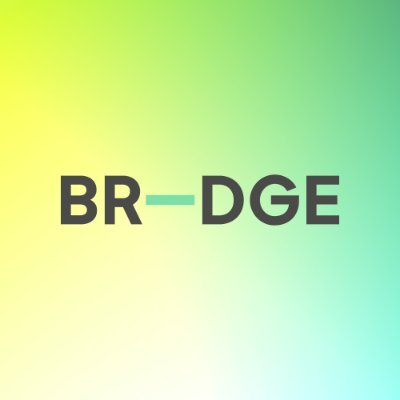Jacob Spencer: Choosing a payment orchestrator – what really matters

Jacob Spencer
Jacob Spencer discusses how payment orchestration benefits businesses and provides them with a centralised and flexible platform to manage the intricacies of payment acceptance.
Payments acceptance is complex. Businesses need to provide a fast, secure online checkout, factor in fraud checks without introducing customer friction, and navigate different payment methods, processors and routing options. Getting all this to work in harmony is a constant challenge.
That’s where payment orchestration comes in. It brings all those services into one place, giving businesses more control over how payments are routed, how issues are handled and how easily new tools can be added when things change.
Not all orchestration is the same
Plenty of payment businesses now position themselves as offering orchestration. Some have simply added a few features or reporting tools to their gateway and rebadged it to stay relevant. Others have built sophisticated orchestration capabilities in a standalone layer. The two can look similar at first glance, but underneath, they behave very differently.
If you’re still tied to one provider’s stack or you’re restricted on how easily you can flex or change up your payment processes, that’s not orchestration in any real sense. It’s still the same challenge, just dressed up in new language. For finance and operations teams, that can quickly become a limiting factor, especially when trying to grow or adapt to change.
What orchestration should help you do
A purpose-built orchestration platform gives you one place to manage how payments flow across systems. That might mean routing transactions based on cost, using backup paths when one provider goes down, adding new payment methods and checkout journeys with ease.
It also gives you a clearer view of how things are performing. Rather than digging through separate data streams, you can monitor payments in one place. That makes it easier to resolve issues, track trends and make informed decisions about what’s working and where to improve.
The value goes beyond efficiency. With payments increasingly spread across systems, regions and partners, finance leaders are being asked to account for more with less clarity. When data is fragmented, and the cost of payments is unclear, it’s harder to spot problems early, manage cash flow and control costs. A central view helps finance teams work faster and with fewer blind spots, whether that’s reconciling across providers or reporting internally on performance.
That’s becoming more important as expectations grow. From stronger fraud controls to faster payment options and tighter data regulations, businesses are having to adapt more often than they used to. The ability to make changes quickly, without overhauling your infrastructure each time, is becoming a competitive edge in itself.
Different goals, same need
What you need from payment orchestration depends on how your business operates. A retailer might want to expand into new markets and accept more payment types without a long integration process. A service business might need to unify in-person and online payments. A payment provider may want to offer clients more options without multiplying its own operational costs.
The goal isn’t to tick every feature box: it’s about optimisation. It’s about making the infrastructure easier to manage, more responsive when things change and better aligned with how the business actually runs – and with what your customers demand.
Questions worth asking
If a provider claims to offer orchestration, here are a few questions that can help you figure out whether it will work in practice:
- Can it support the systems and partners you want to use, in your current and future markets?
- Can it give you better control over the cost of your payments?
- Does it give you one clear view of everything, or just part of the picture?
- Can you easily optimise your processes and keep iterating them over time?
- And does it lock you in, or let you choose the best tools for your business?
A better way to manage change
While orchestration first took off in high-volume online retail, its impact is now being felt well beyond that. We’re seeing interest from sectors like SaaS, banking and B2B services - organisations that may not sell directly to consumers, but still need to manage multiple payment providers, compliance checks and integrations. For these teams, orchestration is less about the customer experience and more about reducing complexity and costs behind the scenes.
Payment orchestration makes the systems you already use easier to run, adjust and improve. It gives finance and operational teams more confidence that when something needs to change, the process won’t cause unnecessary cost or disruption.
For businesses looking to stay resilient, responsive and focused on what matters, that kind of confidence goes a long way.

Jacob Spencer is chief revenue officer at BR-DGE







